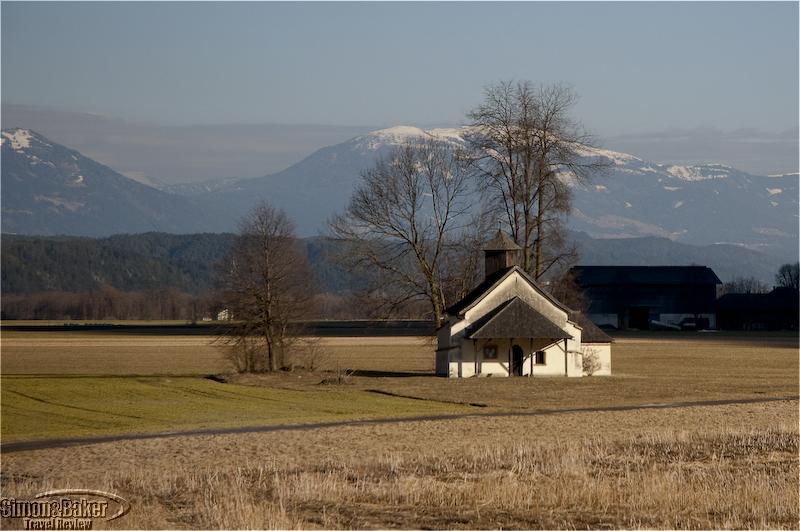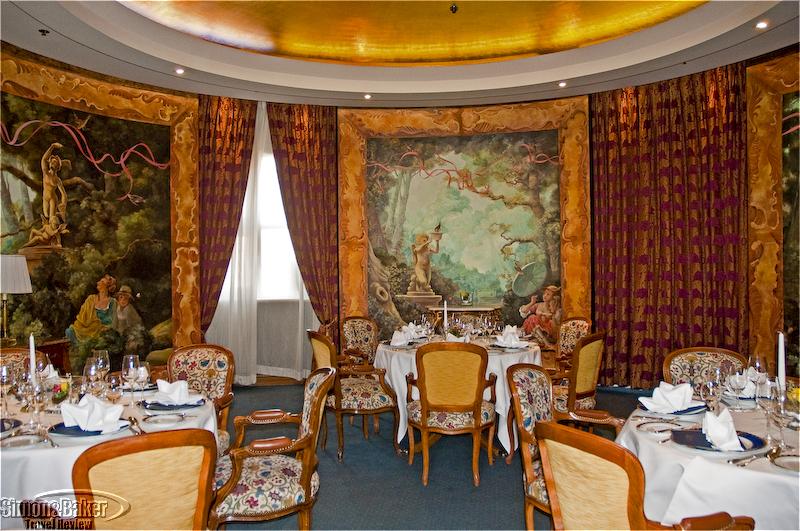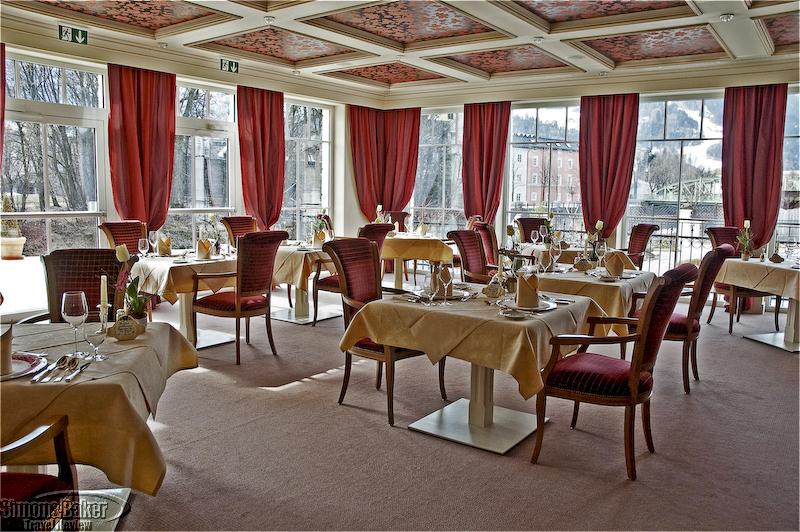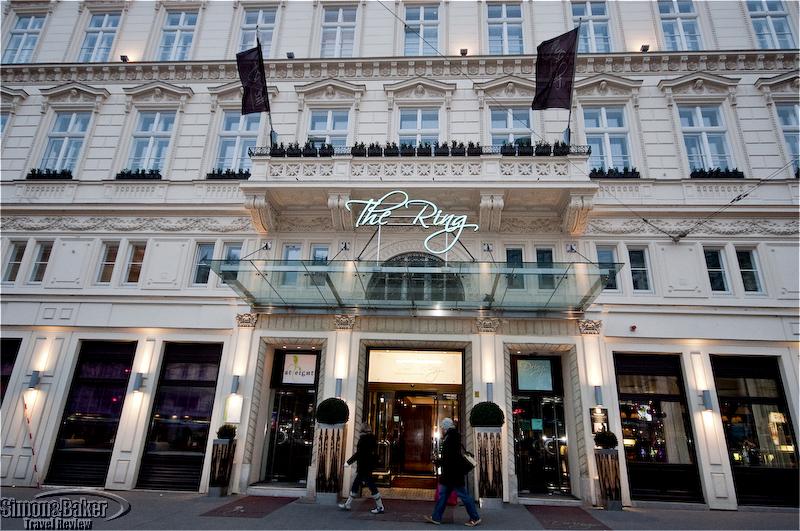
by Editor | Feb 1, 2011 | Austria, Europe, Simon and Baker Travel Review
As the core of the Habsburg Dynasty for over half a millennium, Austria developed a rich cultural heritage with two widely diverging personalities. First there is Vienna on the Danube in the eastern reaches of the country, which was home to the Habsburg court from the end of the Middle Ages until the fall of the Austro-Hungarian Empire at the end of the First World War. Throughout the centuries it grew into one of the leading capitals of Europe, filled with grand palaces and monuments; and it became a beacon of the arts, especially music. Today, with a population of 1.7 million (20 percent of Austria’s total population) Vienna remains Austria’s political, cultural and economic center. Here, history and traditions meld with contemporary vitality to create an especially stimulating environment. Meanwhile at the western tip of the country, nestled within a picture-book alpine landscape, the lovely baroque city of Salzburg, birthplace of Wolfgang Amadeus Mozart, has attained international fame among music lovers for its annual Salzburg Festival. Outside of Vienna, however, Austria has remained a mainly rural environment of small communities, slow-paced and steadfastly attached to their traditions, some said to date back to Celtic and Roman times.

by Editor | Feb 1, 2011 | Austria, Europe, Simon and Baker Travel Review
Stepping through the pillared entrance of the Grand Hotel Wien was a journey back to the glittering days of Austria’s 19 th century imperial splendor. Designed by Karl Tietz, one of the most celebrated architects of his time, it was, when it opened its doors in 1870, the first luxury hotel in the city. With the new Imperial Opera House (now the Vienna State Opera) opened the previous year just one block away, and the nearby Musikverein concert hall (now home to the Vienna Philharmonic Orchestra) also inaugurated in 1870, it quickly became a hit with the aristocracy. It retained its status as a place to be seen until the Second World War. Although its fortunes waned during the second half of the 20 th century, it re-opened in 1994 after four years and 100 million euros of renovations to quickly become once again a pinnacle of Viennese social life, and to welcome amongst its guests many international celebrities, political figures and business leaders.

by Editor | Feb 1, 2011 | Austria, Europe, Simon and Baker Travel Review
Lienz is a lovely little medieval town in the farthest reaches of southern Austria. Tucked away in a picturesque valley between the Grossglockner (one of the highest peaks in the Alps) and the Dolomites, it is prime four-season vacationing country for mountain sports aficionados. But for me, despite the 13 th century castle, the ancient churches with their well-preserved frescos and the pristine alpine landscapes, the city’s main claim to fame was in the remarkable Grandhotel Lienz. This newly constructed luxury retreat and its unique spa came as close to perfection as any boutique property I have ever come across, and more than justified the few hours’ journey from Vienna.

by Editor | Feb 1, 2011 | Austria, Europe, Simon and Baker Travel Review
In 1857, Emperor Franz Joseph I of Austria decreed the demolition of the obsolete 13 th century walls that surrounded the city of Vienna. In their place a broad boulevard, the Ringstrasse, or simply the Ring as it is now most often called, was laid out to circle the city. It was then lined with splendid public and private buildings intended to showcase the glory of the Habsburg Empire. The Ring Hotel was part of this grand urban renewal undertaking: a residential hotel that provided bachelors of the Viennese aristocracy with in-town pieds-à-terre at the very edge of the vibrant inner city. The building experienced varied fortunes through the ensuing century and a half, going from bank headquarters to just another vacant building, before being meticulously restored a few years ago to its original purpose of elegant home-away-from-home hospitality. After 13 months of extensive reconstruction, The Ring Hotel reopened in November 2007 as an intimate luxury property just a few minutes’ walk from most of the cultural and artistic treasures Vienna has to offer.



